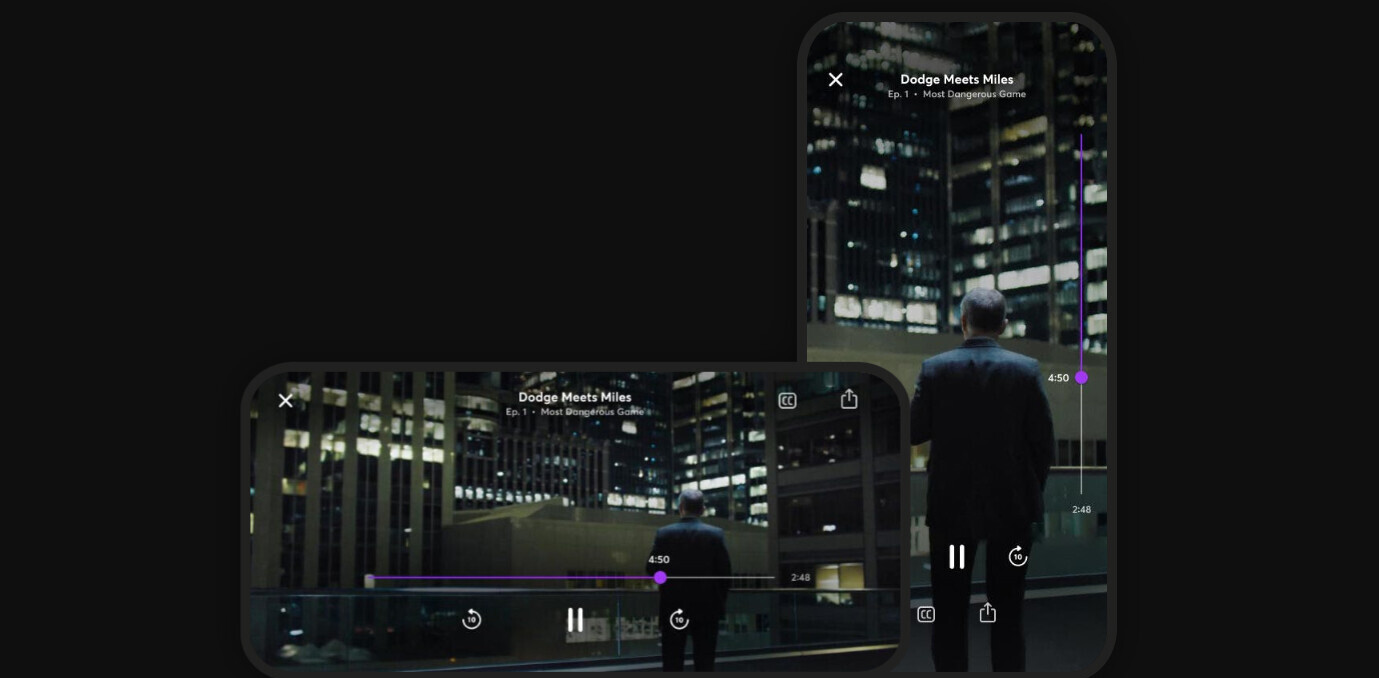
I breathed a sigh of relief when I read Megan McCardle’s acticle Ending the Infographic Plague on The Atlantic a few days ago. Someone had said it at last! As useful as a really well-produced infographic can be, there’s some real dross out there and it’s time we talked about the problem.
McCardle’s piece talked about the problem of fact-checking, and how some infographics twist facts to suit their sponsors (they almost always have sponsors) making them unreliable sources, built for SEO over journalistic accuracy.
“The infographics are being used to get unwitting bloggers to drive up their google search rankings. When they get a link from [big, respectable sites], Google thinks they must be providing valuable information.
“Infographics are so good at getting this kind of attention that web marketing people spend a lot of time writing articles about how you can use them to boost your SEO (search engine optimization).”
In short, McCardle’s point is that bloggers and journalists have become victims of a plain and simple SEO trick – linking back to sites to give ‘credit’ for rather dubious examples of ‘data journalism’.
Meanwhile, veteran developer Kevin Marks has his own theory. He says that by prioritising posts with images, social sharing sites like Facebook, Google+ and Reddit have help spread ‘the infographic plague’:
“By showing a preview of the image, the item is given extra weight over a textual link; indeed even for a url link, Facebook and G+ will show an image preview by default. Consequently, the dominant form of expression has become the image.”
Laziness
Both those arguments are legitimate, but here’s what’s at the heart of the problem when it comes to infographics flooding news sites and blogs in the past year – laziness.
Yes, I know because I’ve been there, tempted by the lure of the quick, easy, infographic.
Picture the scene: it’s a slow news day – or perhaps you’re just looking for a quick post to bulk out the day’s content. Suddenly, an infographic lands in your inbox. Perhaps it’s from a company you’ve barely heard of, but it’s well-designed and the subject matter’s interesting. Of course you’re going to be tempted.
After all, you only need to upload the image, write a paragraph of intro text, add a snappy title and a link back, and bam – potential hit article. Oh and everyone’s saying how sexy data journalism is – let’s have a bit of that!
When the facts get in the way of a good picture
However, while I’ve been tempted, I’ve also been burned. Having to mediate between someone cited as a source in an infographic, angry about having his information (as he sees it) misappropriated and the infographic producers, asking them to rework the infographic, isn’t necessarily as quick and easy as posting it in the first place.
Similarly, cautiously fact-checking every datapoint in an infographic to be sure you’re not misleading readers isn’t necessarily easy – especially when infographics often list sources as non-hyperlinked URLs within the image, making tracking down source data laborious. Suddenly, those quick posts aren’t so quick.
I’m not saying that infographics should be banished from the Web. There are plenty of great ones being created by the likes JESS3, and startups often publish ‘Here’s how fast we’re growing!’ visualisations which are newsworthy and well worth sharing, but until journalists and bloggers stop being lured by the quick hit of sub-par infographic, without being 100% certain they know what they’re linking to is correct and well-researched, the plague will continue.
Get the TNW newsletter
Get the most important tech news in your inbox each week.





